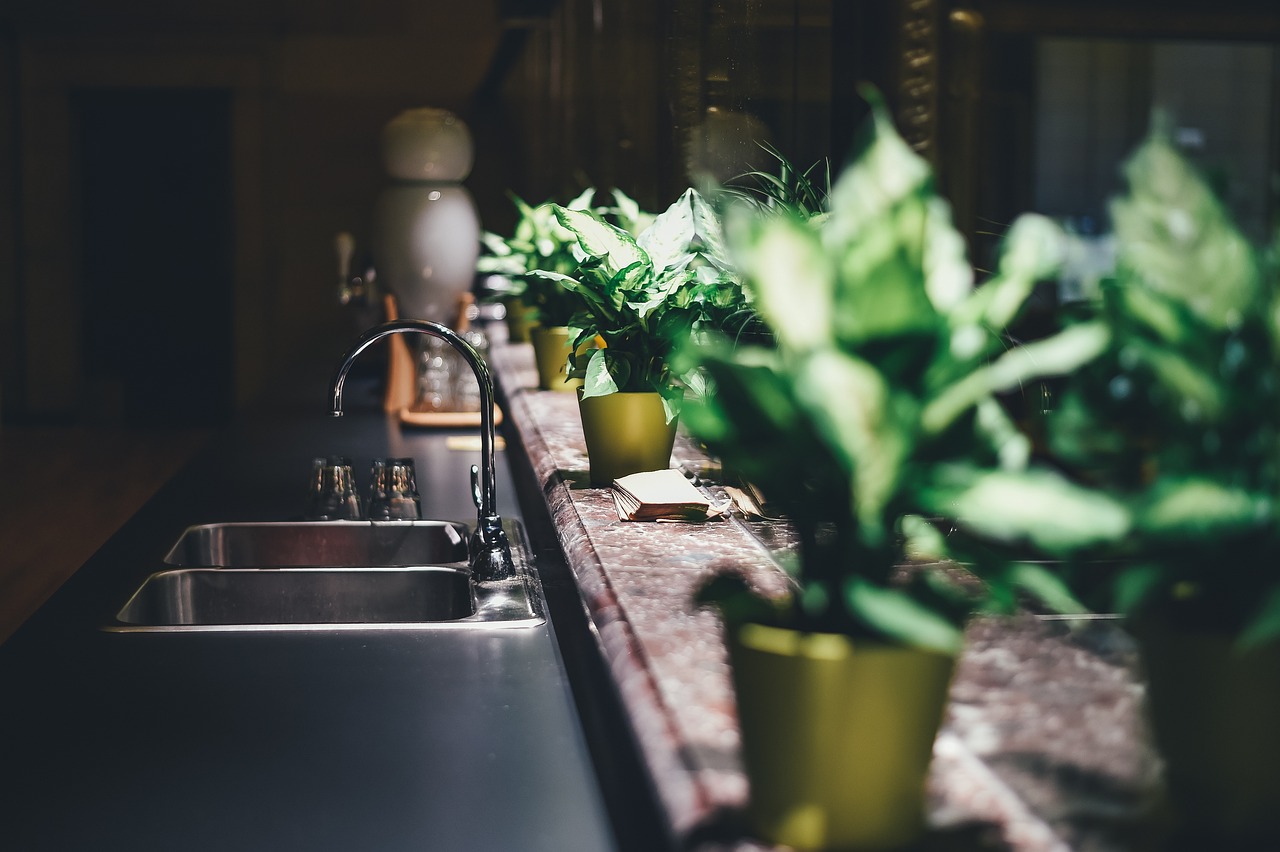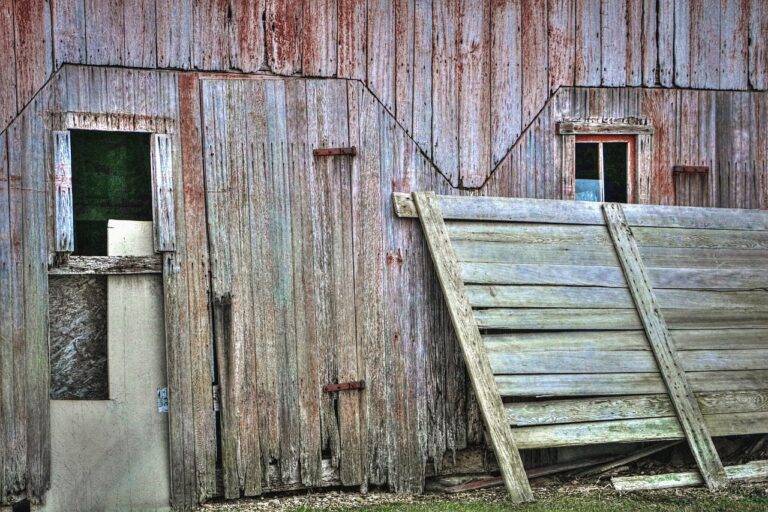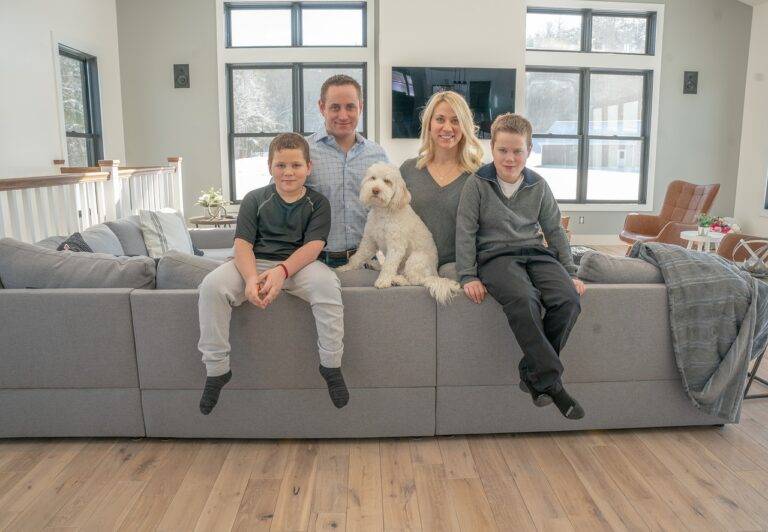DIY Furniture Makeovers: Upcycling Old Pieces for a Fresh Look
When selecting a furniture piece for upcycling, consider its structural integrity and overall condition. Look for solid wood pieces that are free from major damages such as warping or water damage. Additionally, examine the piece for any loose joints or missing hardware that may need repair.
Choose a furniture piece that fits your skill level and time commitment. If you are new to upcycling, start with a smaller, simpler piece like a side table or chair. For those with more experience, larger items such as dressers or cabinets may offer a bigger canvas for creative expression. Select a piece that resonates with you aesthetically and speaks to your personal style, as this will make the upcycling process more enjoyable and rewarding.
Tips for Preparing Old Furniture for Upcycling
Before starting the upcycling process, it’s crucial to prepare the old furniture properly. Begin by thoroughly cleaning the piece to remove any dust, dirt, and residue that may have accumulated over time. Use a mild soap or wood cleaner to gently scrub the surface, ensuring it is free from any grime that could affect the adhesion of paint or other materials.
Next, inspect the furniture for any damage that needs repair. Check for loose joints, broken pieces, or areas that need sanding to create a smooth surface for painting or staining. Make any necessary fixes to ensure the structural integrity of the piece before moving on to the upcycling phase.
Different Techniques for Upcycling Furniture
When it comes to upcycling furniture, there are various techniques you can use to breathe new life into old pieces. One popular method is painting furniture to give it a fresh look. You can choose bold colors for a statement piece or opt for neutral tones for a more subtle transformation. Make sure to properly sand and prime the furniture before painting to ensure a smooth finish that will last.
Another technique is decoupage, which involves adding decorative paper or fabric to the surface of the furniture. This can create unique patterns and designs that personalize the piece to your taste. To decoupage furniture, simply apply a layer of adhesive to the surface, carefully place the paper or fabric, and seal it with a protective coating. This technique is a fun way to add a creative touch to your upcycled furniture projects.
• Painting furniture is a popular technique for upcycling
• Choose bold colors or neutral tones for different effects
• Sand and prime the furniture before painting for a smooth finish
• Decoupage involves adding decorative paper or fabric to furniture
• Create unique patterns and designs with this technique
• Apply adhesive, place paper/fabric, and seal with protective coating
How do I choose the right furniture piece for upcycling?
Look for sturdy pieces that are made of solid wood or metal. Avoid pieces that are too damaged or have intricate details that may be difficult to work with.
What are some tips for preparing old furniture for upcycling?
Start by cleaning the piece thoroughly and sanding down any rough or uneven surfaces. Remove any hardware and consider repairing any structural damage before starting the upcycling process.
What are some different techniques for upcycling furniture?
Some popular techniques include painting, distressing, decoupage, and reupholstering. You can also add new hardware or embellishments to give the piece a fresh look.







